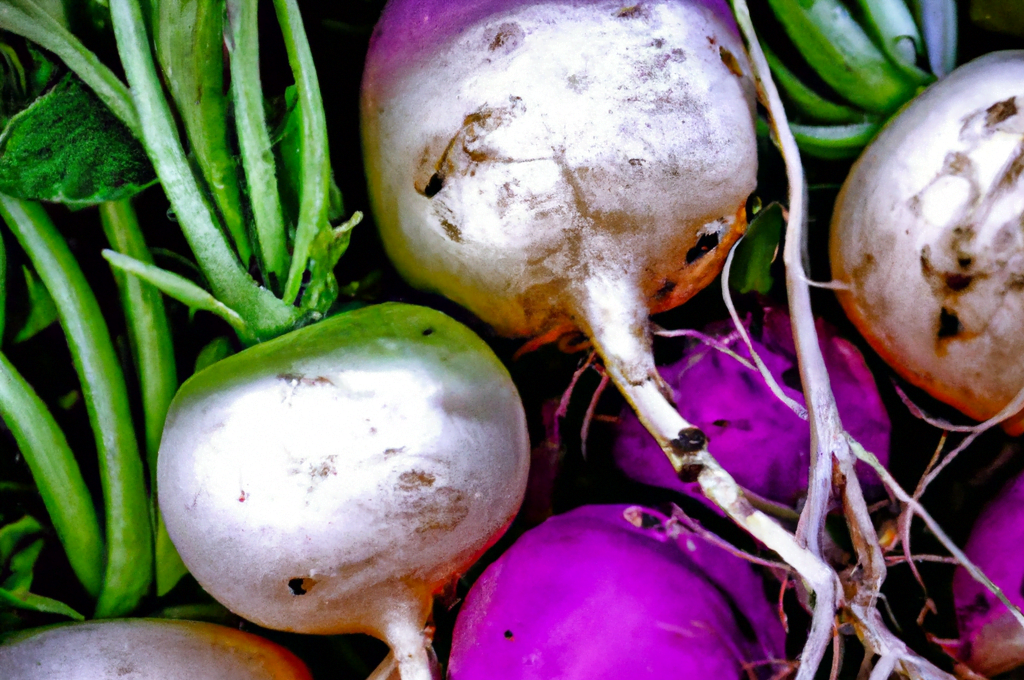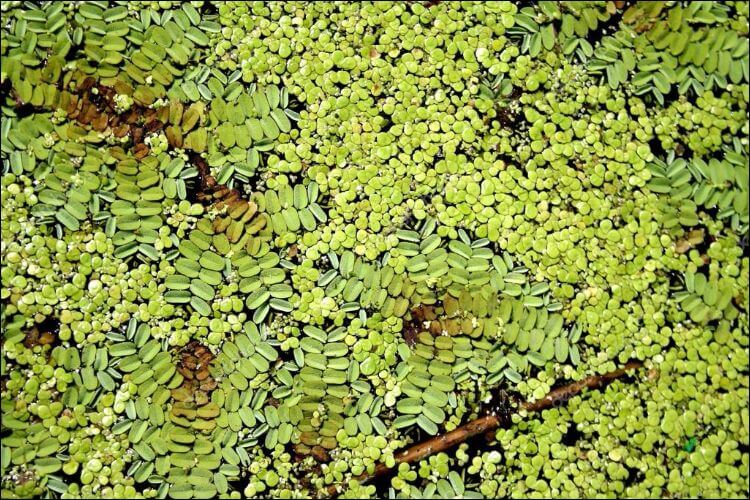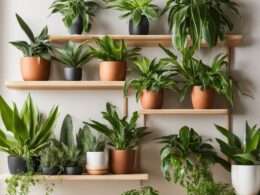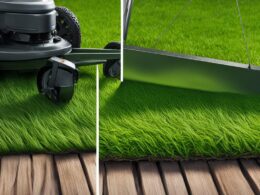Looking for a nutritious and versatile root vegetable to add to your garden? Turnips may just be the perfect choice for you!
Not only are they easy to grow, but they also come in a variety of flavors and textures that can be used in a multitude of recipes.
With a little attention to detail, you can successfully grow and harvest turnips right in your own backyard.
To start, it’s important to choose the ideal planting season for turnips. Depending on your region, turnips can be planted in the spring or fall.
Make sure to use composted soil and ensure a steady supply of water to help the turnips grow. With a little patience and care, you’ll soon have a hearty crop of turnips and greens to enjoy.
In this guide, we’ll provide you with tips for growing turnips, the ideal planting seasons, and techniques for harvesting turnips. So let’s get started and turn up the flavor in your garden!
Quick Summary
- Turnips grow best in cool weather, making spring and fall ideal planting seasons.
- Full sun and composted soil are ideal for turnip growth.
- Turnips need a steady supply of water but can rot if overwatered.
- Turnip bulbs should be checked for size at five to six weeks and harvested when they are between two to three inches in diameter.
Growing Turnips Tips
If you want to grow turnips successfully, you should follow these tips for planting and harvesting.
Start by selecting high-quality seeds that are suitable for your climate and soil type. Before planting, prepare your soil by adding compost or other organic matter to improve its fertility and texture.
Turnips prefer acidic soil with a pH between 6.0 and 6.5, so make sure to test your soil before planting.
Plant turnips in cool weather, around 60 degrees Fahrenheit, in either the spring or fall. Avoid planting in the summer, as this can result in a bad taste and stringy texture.
When planting, make sure to space the bulbs one inch apart and thin out the plants to one plant every four inches.
Check the size of the turnip bulbs at 5-6 weeks to ensure they are between two to three inches in diameter.
By following these tips, you can grow delicious and healthy turnips in your own garden.
Are Sprouted Potatoes Safe to Eat?
Sprouted potatoes can be safe to eat if handled properly. To grow your own sprouted potatoes, here are some valuable tips for growing sprouted potatoes. First, select certified disease-free potatoes. Then, allow them to sprout in a cool, dark place before planting. Ensure your soil is well-drained and mounds are built to prevent waterlogging. Regularly monitor and water your plants, ensuring they receive adequate sunlight. Harvest when the foliage has died back, and store the sprouted potatoes in a cool, dry place.
Ideal Planting Seasons
For the best results, you should plant turnips during the cooler seasons, such as spring and fall, when temperatures are around 60 degrees. If you try to plant them in the summer, you may end up with a bad taste and stringy texture. It’s important to keep in mind that turnips prefer acidic soil with a pH between 6.0 and 6.5, so it’s important to find the best soil for your turnips. They also need a steady supply of water, but be careful not to overwater them as they can rot.
To help you remember the ideal conditions for growing turnips, refer to the table below. This will give you a visual representation of the best planting seasons, soil pH levels, and watering needs for turnips. By following these guidelines, you can ensure a successful harvest and enjoy the delicious flavor of turnips in your meals.
| Ideal Planting Seasons | Best Soil pH | Watering Needs |
|---|---|---|
| Spring and Fall | 6.0 to 6.5 | Steady supply |
Harvesting Turnips Techniques
To successfully harvest your turnips, it’s important to grasp the upper leaf stalks and pull up the root bulbs from the ground. For larger bulbs, you can use a gardening fork to pry them out of the soil.
Once you’ve harvested your turnips, make sure to wash them thoroughly and prep them for cooking or storage.
When it comes to preserving turnips, there are a few options available. You can store them in a cool, dark space for up to a month, or you can freeze them for even longer storage.
Turnips can be used in a variety of recipes, from roasted turnips as a side dish to turnip greens in soups and stews. With proper harvesting and preservation techniques, you can enjoy the delicious flavor of turnips all year round.
Frequently Asked Questions
Can turnips be grown in containers or do they require a traditional garden bed?
You can grow turnips in containers, but make sure they have enough room to grow. Use well-draining soil with a pH of 6.0-6.5 and add compost. Keep the soil moist and avoid overwatering to prevent rot.
Are there any pests that commonly affect turnip growth and how can they be prevented?
Preventing pests is important for turnip growth. Natural remedies such as neem oil and planting companion plants like marigolds can help deter pests like flea beetles and root maggots. Regularly inspecting plants can also catch and prevent pest infestations.
How do you know when turnip greens are ready to be harvested?
To harvest turnip greens, wait until they reach optimal leaf size, then snip off outer leaves while leaving inner ones to grow. Store harvested greens in the fridge for up to a week using best preservation methods.
Can turnips be grown in warmer climates or do they require cooler temperatures?
Yes, turnips can be grown in warmer climates with some strategies for maximizing flavor. Plant in a partially shaded area, use mulch to retain moisture and avoid overwatering. Adjust watering schedule to prevent bitterness.
How can turnips be prepared for cooking and what dishes do they pair well with?
Looking for turnip recipe ideas? Roast them with honey and balsamic vinegar or mash them with potatoes for a twist on mashed potatoes. The best season to harvest turnips is in the fall.









